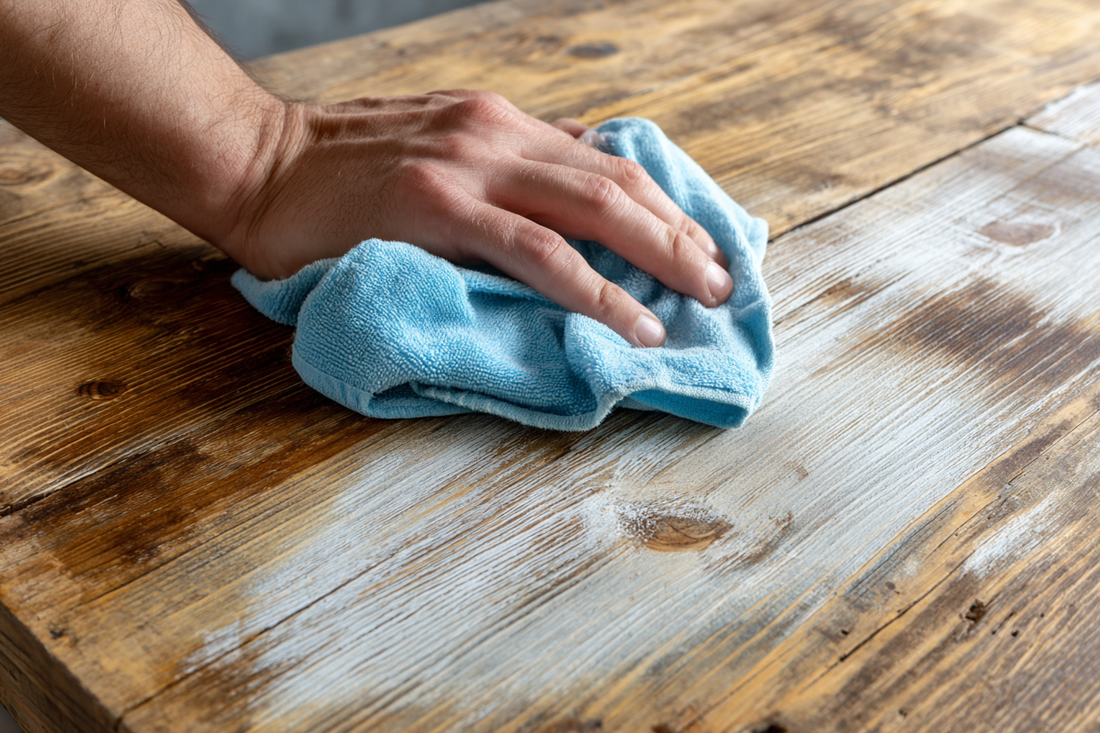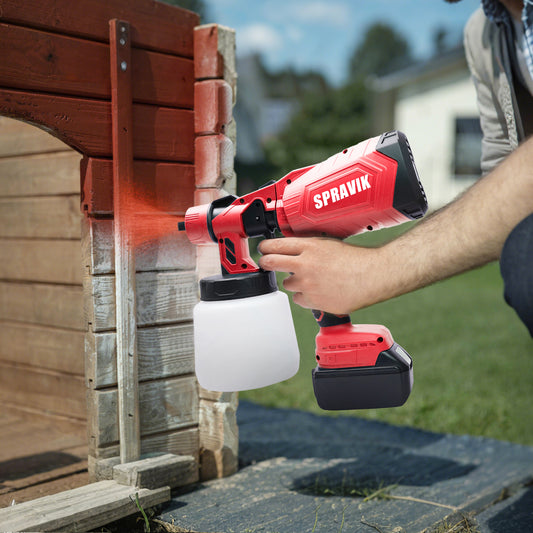
How to Remove Spray Paint: A Complete Guide
Spravik AdminShare
Spray paint is a fast, efficient way to add color to just about any surface—but it’s just as quick to leave a mess when applied unintentionally. Whether it's accidental overspray on your car, a graffiti tag on a wall, or a DIY gone wrong on furniture, knowing how to remove spray paint without damaging the underlying material is a critical skill. This guide will walk you through everything you need to know about removing spray paint, including safe removal from various surfaces, tools and products to use, and what to do when you're dealing with colors like pink spray paint, red spray paint, or blue spray paint.
Spray paint is composed of fast-drying solvents, pigments, and resins. Once it sets, it can be challenging to remove—especially on porous surfaces. But not all spray paints are equal, and not all surfaces require the same method of removal. Pink spray paint, for example, might stain certain light-colored plastics or fabrics more noticeably than other colors. Red spray paint is known for being heavily pigmented and may require multiple treatment rounds. Blue spray paint, especially darker shades, can leave residual tints that are difficult to spot-treat. Each requires different attention.
The first step in any removal process is to identify the surface material. Removing spray paint from metal, glass, plastic, brick, fabric, or wood all require slightly different approaches. Let’s begin with non-porous surfaces, which are generally easier to clean.
Glass: Use a razor blade and soapy water or window cleaner. Spray the surface and gently scrape off the paint, being careful not to scratch the glass. For stubborn pink spray paint stains, acetone or rubbing alcohol can be applied with a microfiber cloth.
Metal: Apply a solvent like acetone or mineral spirits. Let it sit for a few minutes and then scrub with a wire brush or steel wool. Red spray paint, due to its density, may take more than one application.
Plastic: Use caution. Solvents can damage plastic. Start with warm soapy water and a plastic scraper. If that fails, try vegetable oil or a diluted rubbing alcohol solution. Blue spray paint on white or clear plastic may cause discoloration, so always test on a hidden area first.
Wood (Finished): Use denatured alcohol or a commercial graffiti remover. Scrub gently with a soft brush to avoid damaging the finish. If dealing with rough wood or unsealed surfaces, sanding might be necessary. Colorful pigments like pink or red spray paint can soak in deeply, requiring a combination of methods.
Brick or Concrete: These porous surfaces are the most difficult. Use a paint stripper designed for masonry, apply according to instructions, and use a power washer to remove residue. For blue spray paint, expect multiple passes.
Fabric: Lay the fabric flat and place a towel under the stained area. Dab with acetone or hairspray and blot repeatedly with a clean cloth. Be careful not to spread the stain further. Pink spray paint can sometimes set into synthetic fibers quickly, so act fast.
Automotive Paint: Spray paint overspray on vehicles can often be removed with clay bars, acetone-free solvents, or polishing compound. Be especially careful with red spray paint, which can leave shadows behind even after removal.
Regardless of surface, there are several products and techniques that are effective across most use cases:
Acetone or nail polish remover (for metal, glass)
Rubbing alcohol or isopropyl alcohol
Commercial graffiti removers (like Goof Off or Motsenbocker's Lift Off)
Pressure washers (for masonry)
Magic Erasers (for small areas)
Sandpaper (for wood or stubborn spots)
Paint thinners (for certain professional applications)
Always wear gloves and a mask when using chemicals. Ensure good ventilation and test any chemical on a hidden part of the surface to check for damage or discoloration.
For eco-conscious DIYers, there are also natural methods:
Baking soda and hot water (for metal items)
Vinegar and lemon juice solution (for small paint spots on plastic or skin)
Coconut oil and essential oils (for skin-safe spray paint removal)
What to do if paint is dried? The longer spray paint sets, the harder it becomes to remove. However, dried paint isn’t impossible. Softening it with a hairdryer before applying a solvent often helps. This is particularly useful when trying to remove red or blue spray paint, which often adheres more stubbornly due to the density of pigments.
You should also consider the age and number of layers. Old, layered pink spray paint on a plastic outdoor chair will respond differently than fresh red spray paint on a garage wall. Time is always your enemy when dealing with unwanted paint, so the faster you act, the better your results.
Always rinse and neutralize surfaces after chemical removal. Solvents can leave residues that damage the surface or interfere with future painting. For example, after removing blue spray paint from a wood surface, neutralize the area with a vinegar-water rinse and let it dry completely before sanding or repainting.
For large-scale removals—such as graffiti on walls or fences—you may want to rent or purchase a commercial-grade remover or call a professional. A high-powered pressure washer combined with a graffiti remover can tackle red or blue spray paint on outdoor walls effectively.

When it comes to clothing, prevention is the best cure. If spray painting, wear protective clothing and cover nearby fabrics or furniture. But if an accident occurs, act immediately. Soak the fabric in warm water, apply stain remover, and launder with color-safe bleach if needed. Don’t let pink spray paint dry on a white shirt—it’ll be extremely difficult to remove completely.
One often overlooked method is using automotive clay bars. Originally designed for cleaning car finishes, these bars can safely lift away spray paint overspray from smooth surfaces like glass, metal, and plastic without damaging the underlying material.
If the spray paint is on skin, avoid harsh chemicals. Use coconut oil and baking soda paste or olive oil and dish soap. Rub gently and rinse thoroughly. Avoid using acetone or thinner on skin, especially when dealing with bright pigments like red or pink spray paint.
Removing paint from electronics or devices (like phones or power tools) should be done very carefully. Use rubbing alcohol and cotton swabs—never soak or use high-strength solvents.
In conclusion, removing spray paint—whether it’s pink spray paint from plastic toys, red spray paint from metal tools, or blue spray paint from a brick wall—is entirely doable with the right approach. Identify the surface, select the correct remover, test before full application, and always work in a well-ventilated area.
While colorful spray paints offer creative freedom, they can also become a headache when misapplied. With preparation, speed, and a few practical tools, you can return your surfaces to their original glory. When in doubt, always start with the least aggressive method and escalate only as needed. Your surface—and your sanity—will thank you.










